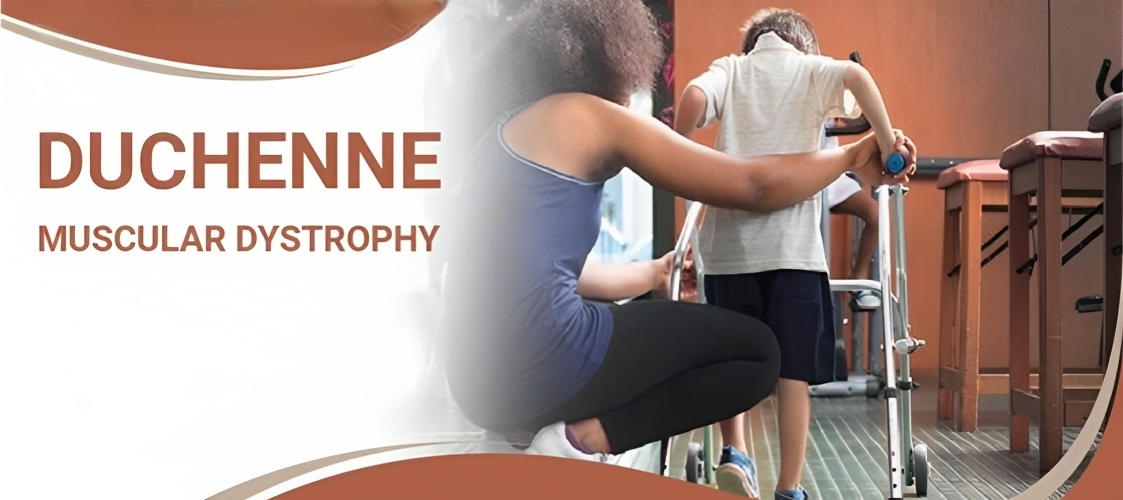DUCHENNE’S MUSCULAR DYSTROPHY

Copyright infringement not intended
Context: A team of Indo-Japanese researchers has developed a new treatment for Duchenne's Muscular Dystrophy (DMD), a rare and incurable genetic disease that affects only male children.
Details
- A rare genetic disease called Duchenne Muscular Dystrophy (DMD) affects only male children and causes muscle damage and weakness. A team of doctors from Tamil Nadu and scientists from Japan have found a new way to treat this disease using a food additive derived from yeast.
Duchenne Muscular Dystrophy (DMD)
- DMD is caused by a genetic disorder that prevents the muscles from producing dystrophin, an enzyme that acts as a lubricant and helps in muscle repair and regeneration.
- Without dystrophin, the muscles deteriorate and the patients lose their ability to walk and perform daily activities. They also have a shortened lifespan of about 28 to 30 years.
- The current treatments for DMD include gene therapy, Exon-skipping and disease-modifying agents (such as steroids) that reduce inflammation and slow down the progression of the disease. However, these treatments are not curative and have side effects.
- Recently, a team of doctors and scientists have developed a novel treatment for DMD using a beta-glucan, a type of sugar molecule, produced by the N-163 strain of yeast called Aureobasidium pullulans. This beta-glucan is a food additive that is safe and has anti-inflammatory and immunomodulatory properties.
- The team conducted a clinical trial with 10 DMD patients who received beta-glucan orally for six months.
- They found that the beta-glucan improved the muscle strength, function and quality of life of the patients. They also observed that beta-glucan increased the levels of dystrophin in the muscles.
Treatments that can help manage symptoms and slow down disease progression
- Corticosteroids: These are anti-inflammatory drugs that can reduce muscle inflammation and improve muscle strength and function. However, they also have side effects such as weight gain, bone loss, cataracts and diabetes.
- Physical therapy: This can help maintain muscle flexibility and range of motion, and prevent contractures (permanent shortening of muscles or tendons).
- Braces: These can provide support to weakened muscles and joints, improve posture and mobility, and prevent deformities.
- Speech therapy: This can help with swallowing difficulties and speech problems due to facial muscle weakness.
- Occupational therapy: This can help with activities of daily living such as eating, dressing and grooming.
- Surgery: This can correct scoliosis or contractures that interfere with breathing or movement.
- Assisted ventilation: This can help with breathing difficulties due to respiratory muscle weakness. It can be noninvasive (using a mask or mouthpiece) or invasive (using a tracheostomy tube).
- Medications: These can help with heart problems, pain, seizures and some muscle activity.
- Gene therapy: This is a promising experimental treatment that aims to deliver a functional copy of the DMD gene or a modified version of dystrophin to the muscle cells using a viral vector.
Conclusion
- DMD is a devastating disease that affects not only the muscles but also the mind and spirits of those affected and their families. However, there is hope for the future as research continues to explore new ways of understanding, diagnosing, treating and preventing DMD. There is also a need for more awareness, advocacy and support for the DMD community, as well as better access to health care and social services.





1.png)
